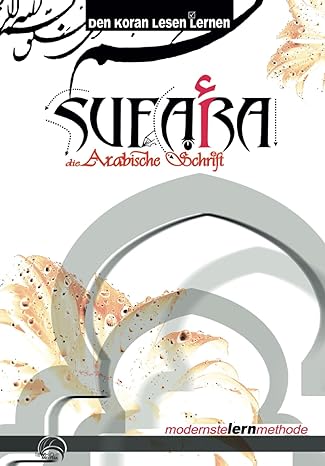- Home
- ISLAM
- Pretraživač
- E-biblioteka
- Predavanja
- Skola Kur'ana
- Video
- Imam Buharija
- ČUVARI SUNNETA – Imam Buharija (1. epizoda)
- ČUVARI SUNNETA – Imam Buharija (2. epizoda)
- ČUVARI SUNNETA – Imam Buharija (3. epizoda)
- ČUVARI SUNNETA – Imam Buharija (4. epizoda)
- ČUVARI SUNNETA – Imam Buharija (5. epizoda)
- ČUVARI SUNNETA – Imam Buharija (6. epizoda)
- ČUVARI SUNNETA – Imam Buharija (7. epizoda)
- ČUVARI SUNNETA – Imam Buharija (8. epizoda)
- Imam Muslim
- Imam Buharija
- Blog
- O nama
- Kontakt

